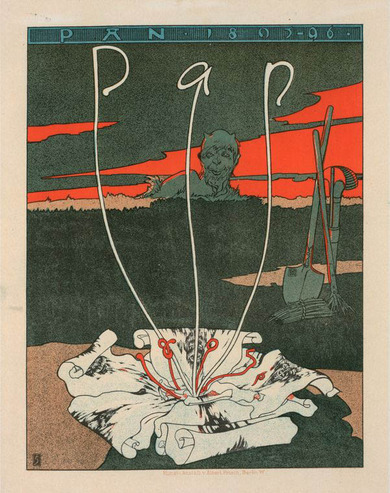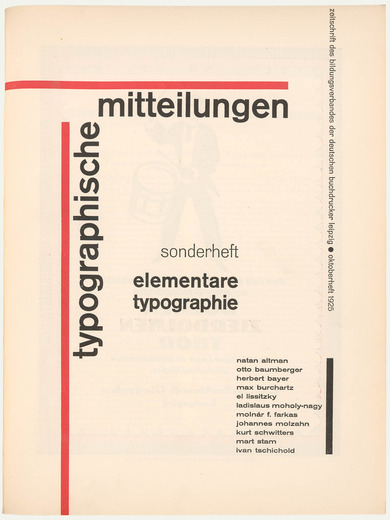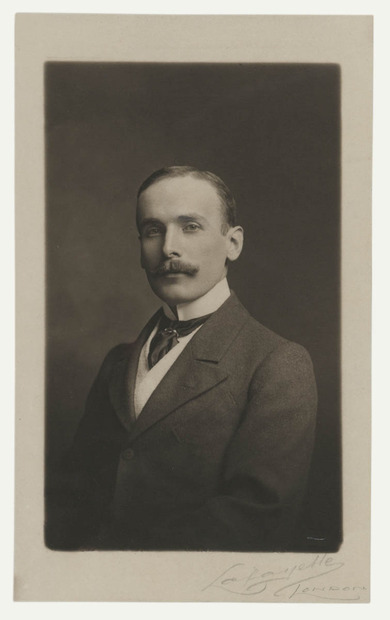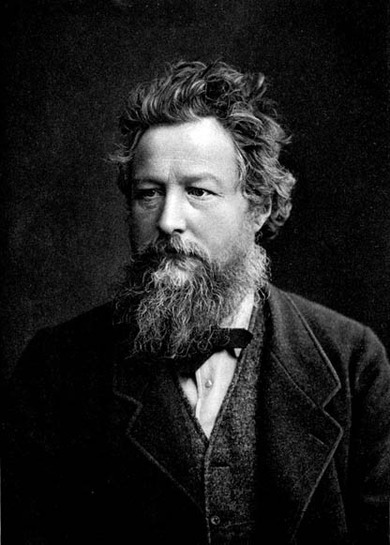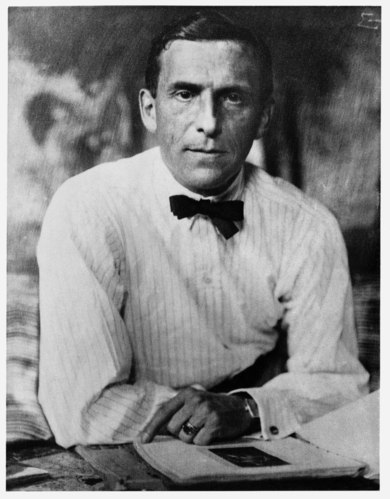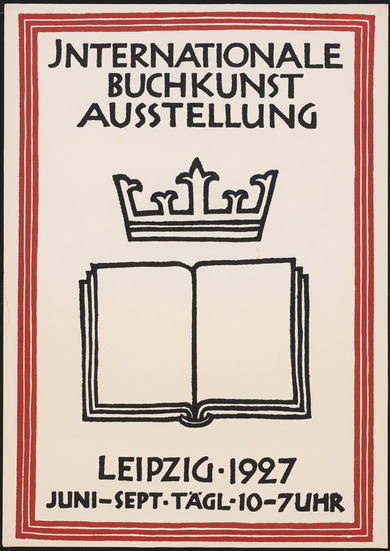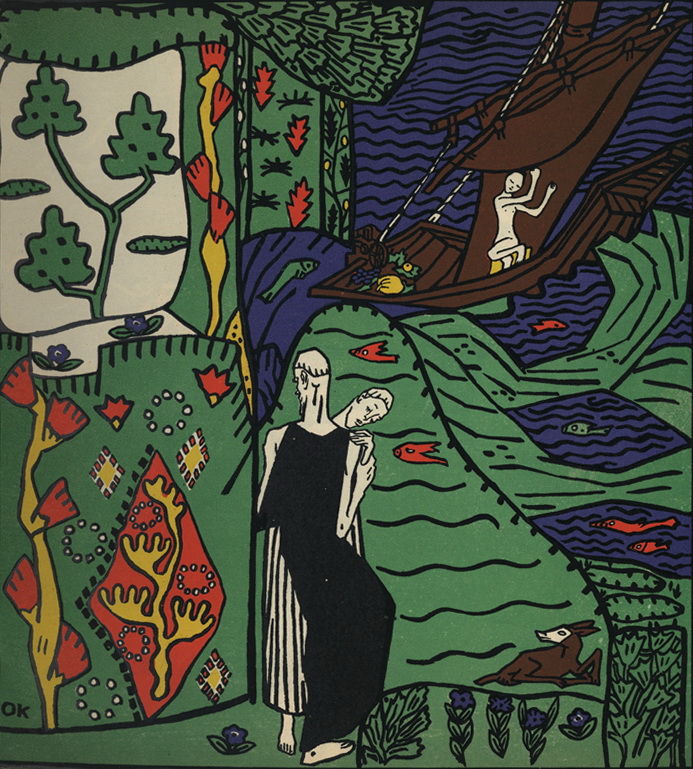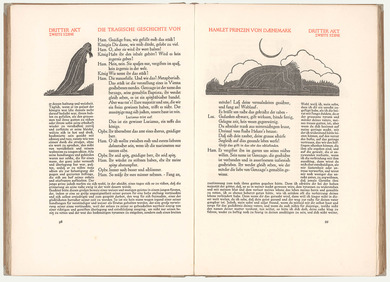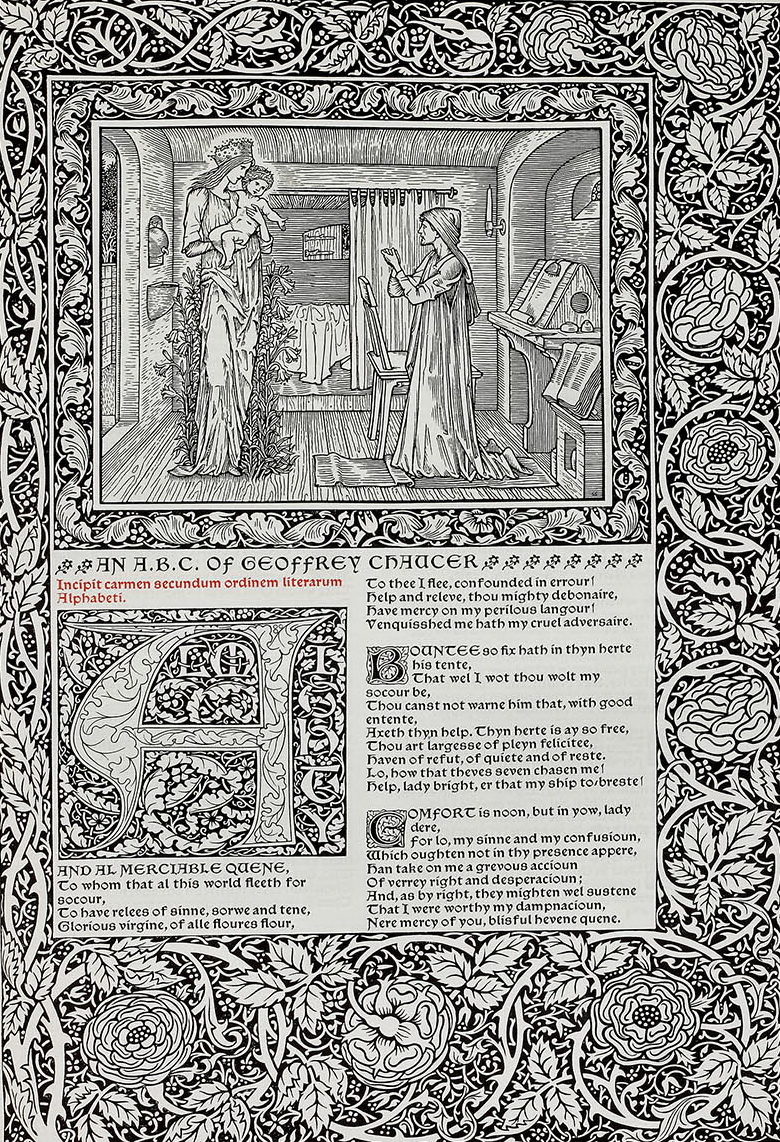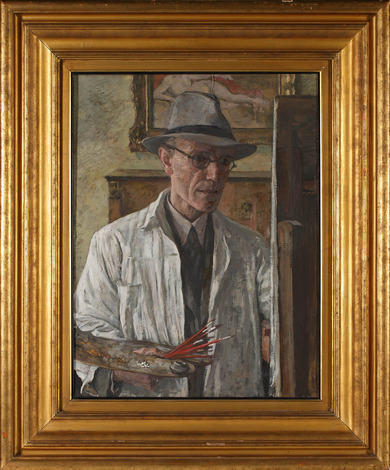The book is not only a communication medium, but a complex phenomenon. Whether mass produced, a bibliophile treasure or the work of an artist, a book requires a design, just as a building does. Technologies from hot metal typesetting to digitalisation have shaped the aesthetics of the book as permanently as zeitgeist and fashions, design creativity, publishing profiles or commercial interests have.
The mass industrial production of books gave rise to opposing artistic tendencies towards the end of the 19th century. Animated by the reformist Arts and Crafts Movement in England, initiatives to breathe new life into book art emerged in Europe and America. The aim of reforms was to give books an outer appearance that reflected their content. The movement was carried and driven by private press organisations, literature and art magazines as well as book art publishers. Art movements from Art Nouveau to Futurism defined the aesthetic appearance of the book. The professional and high-quality implementation of fonts and typography, as well as illustrations and binding set standards that have continued to influence book design right up until the present day.
